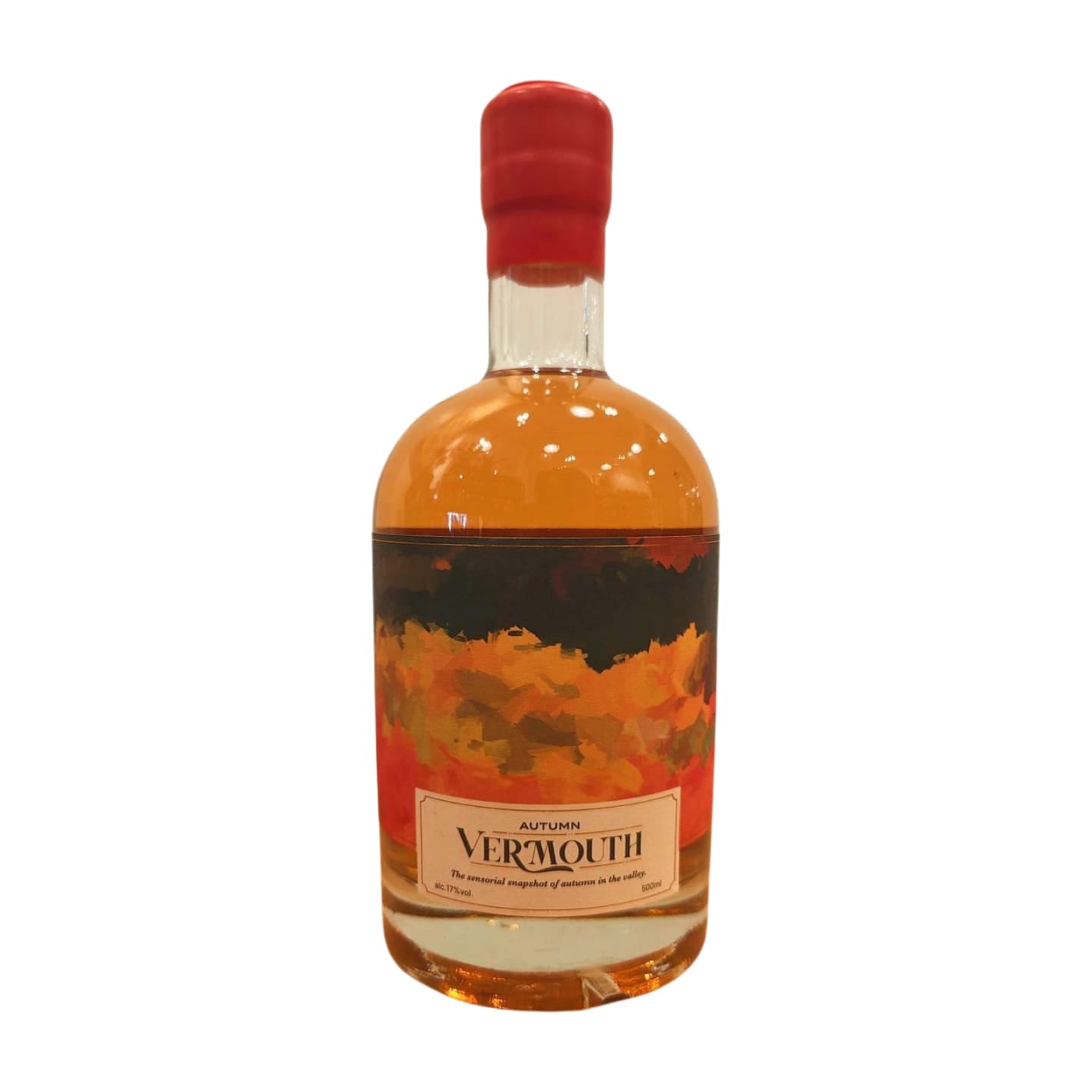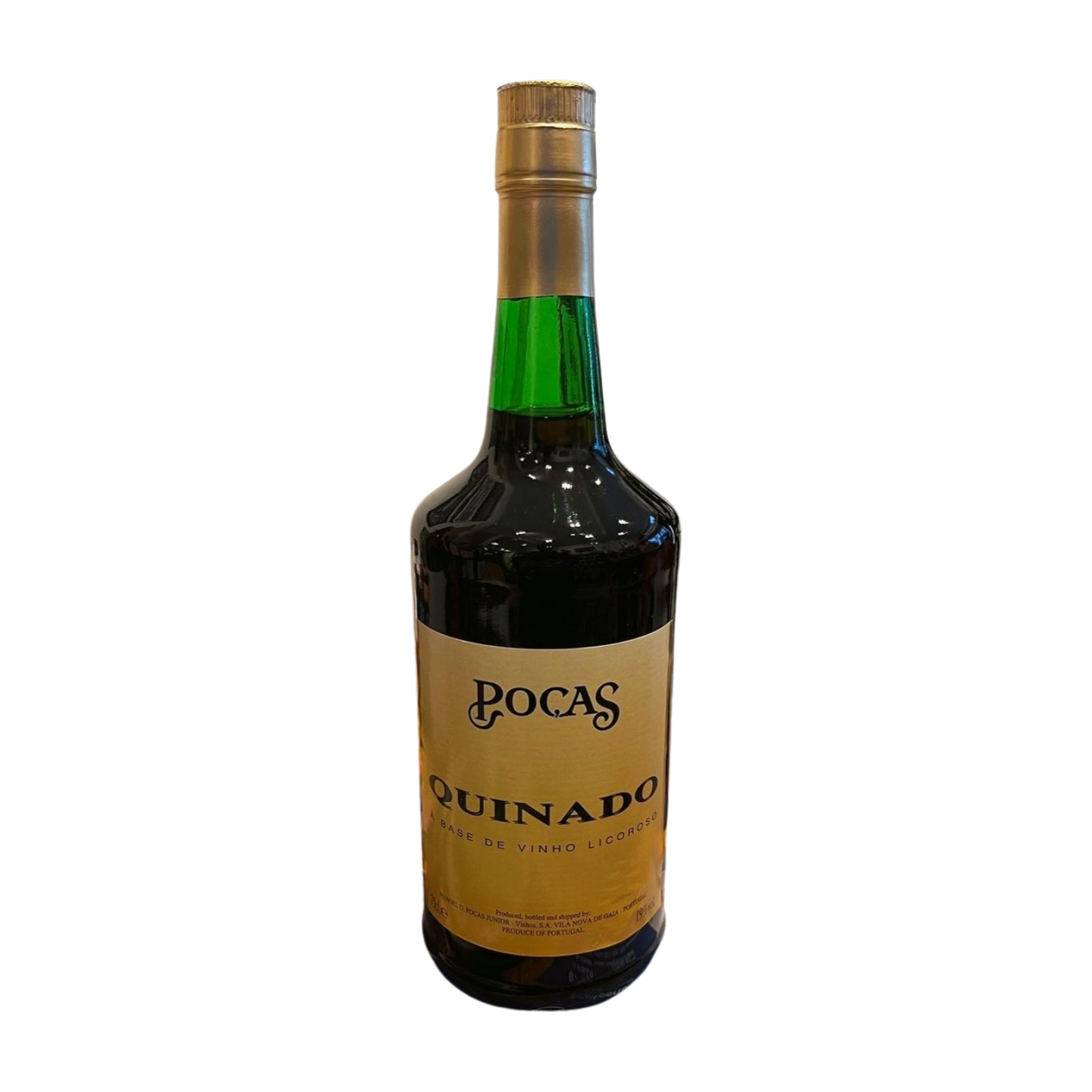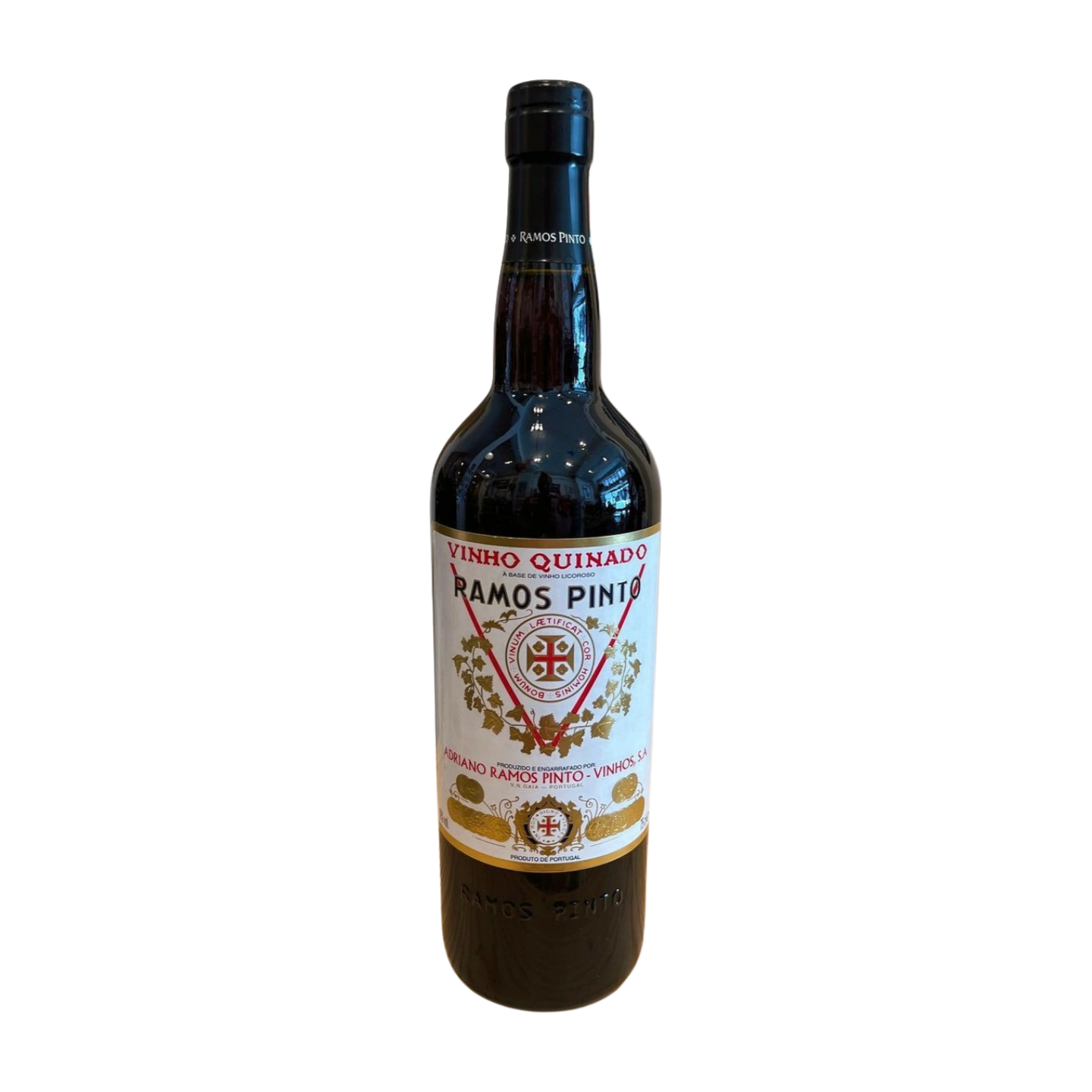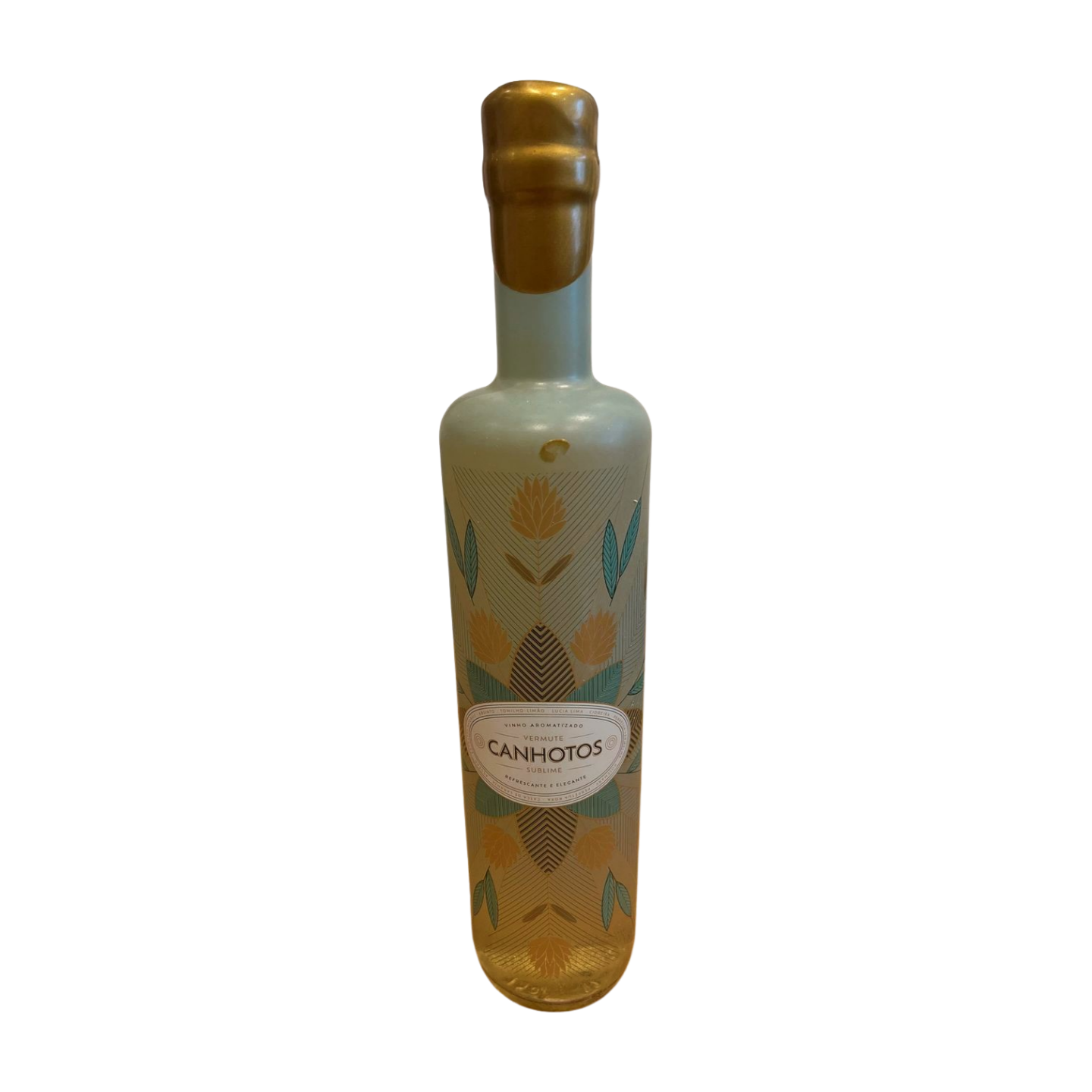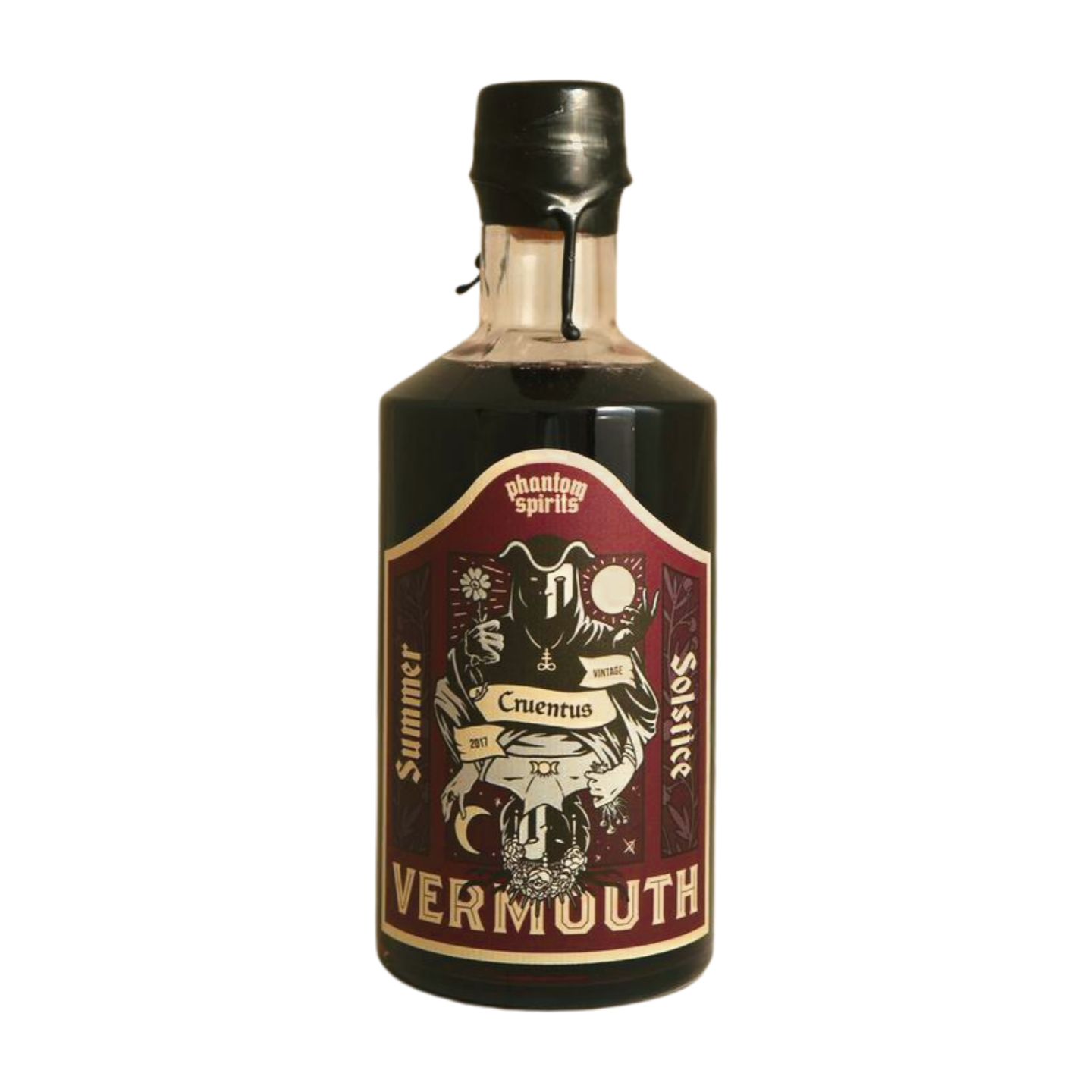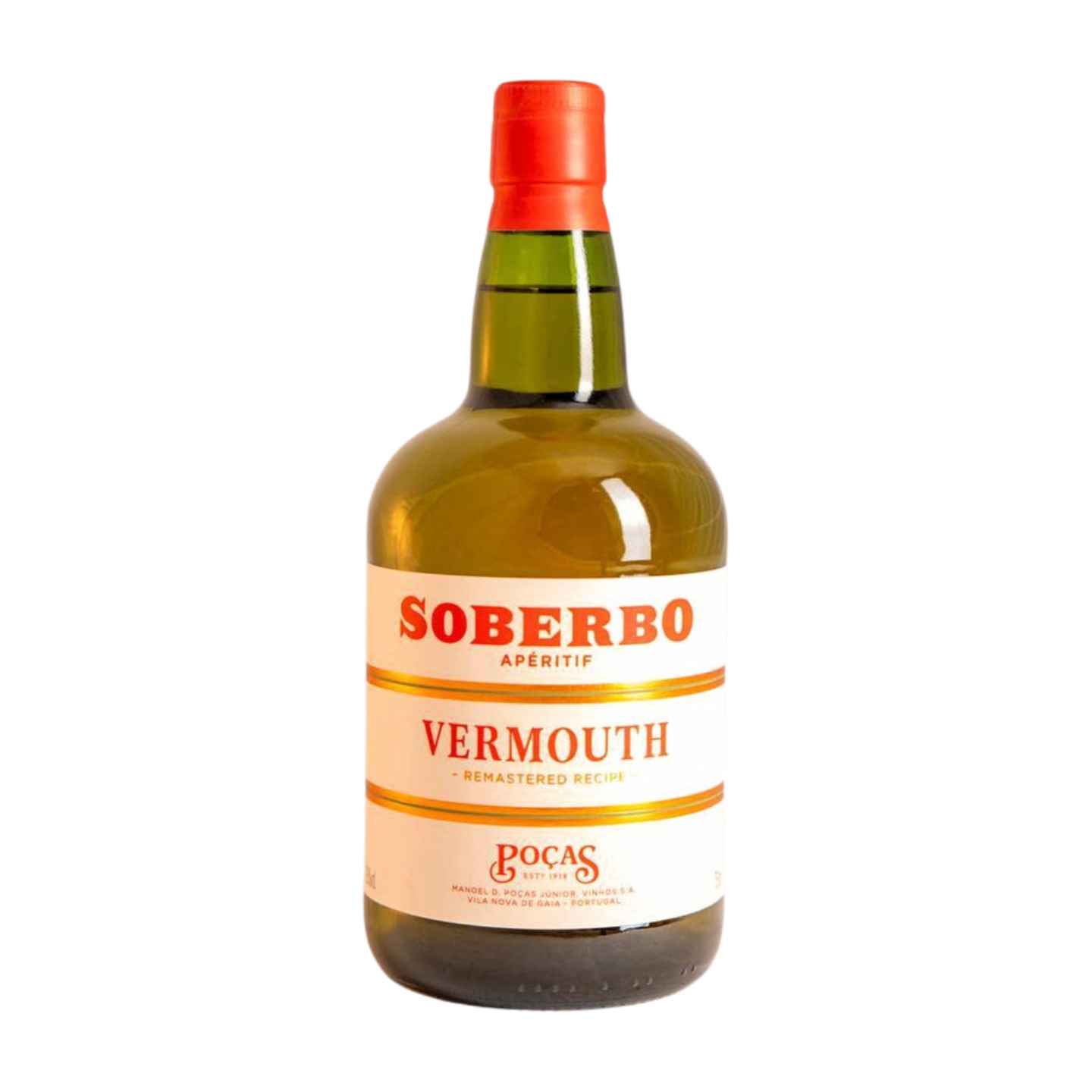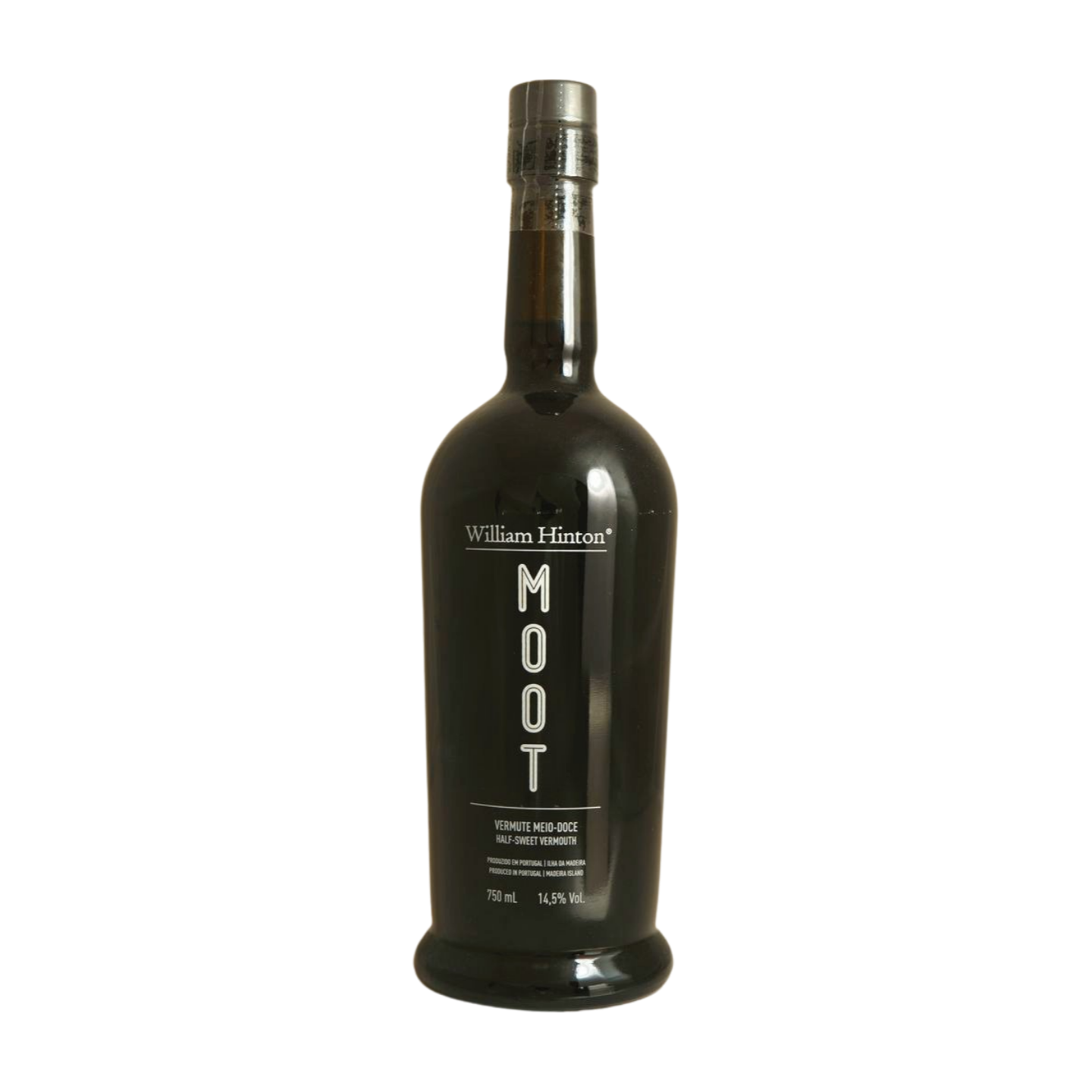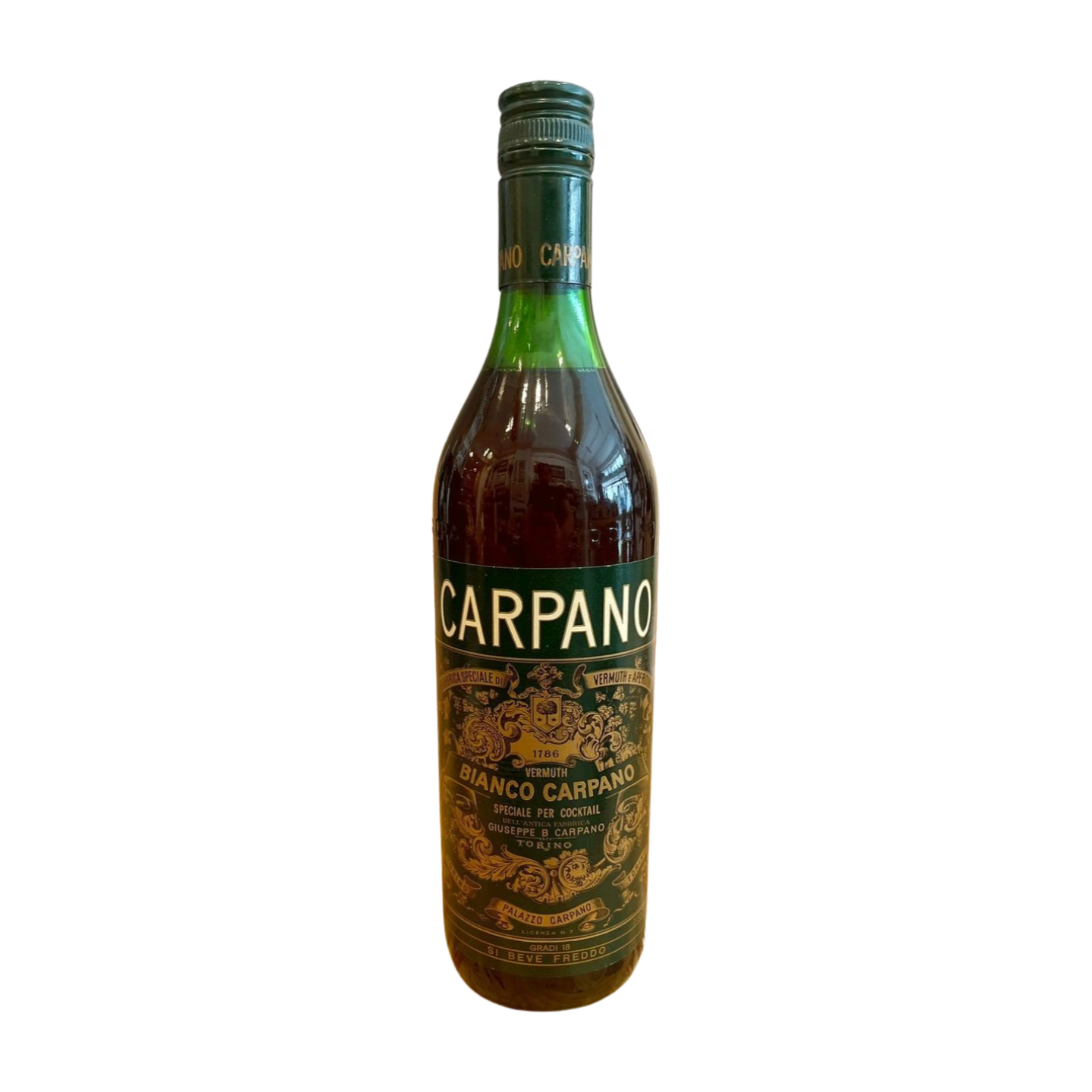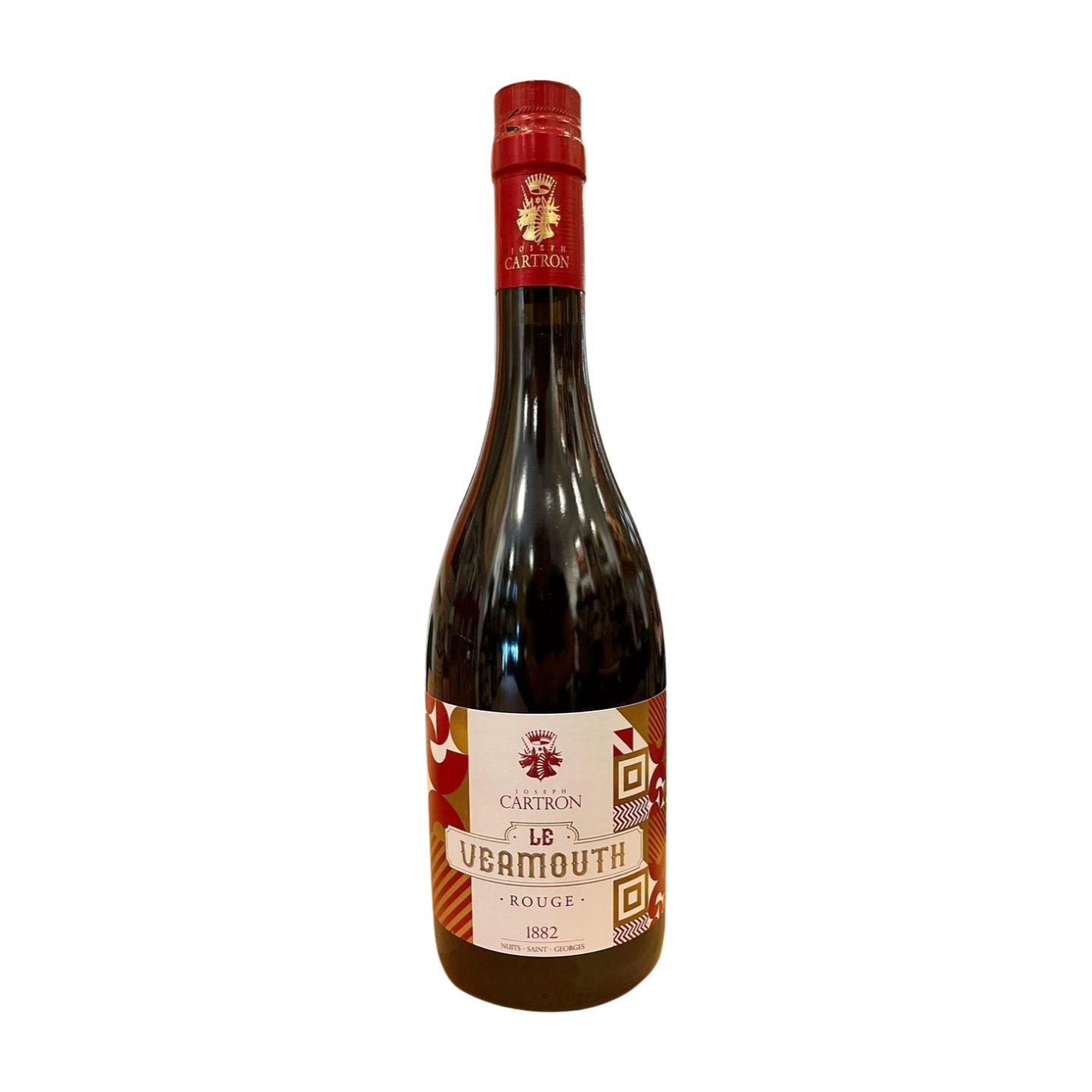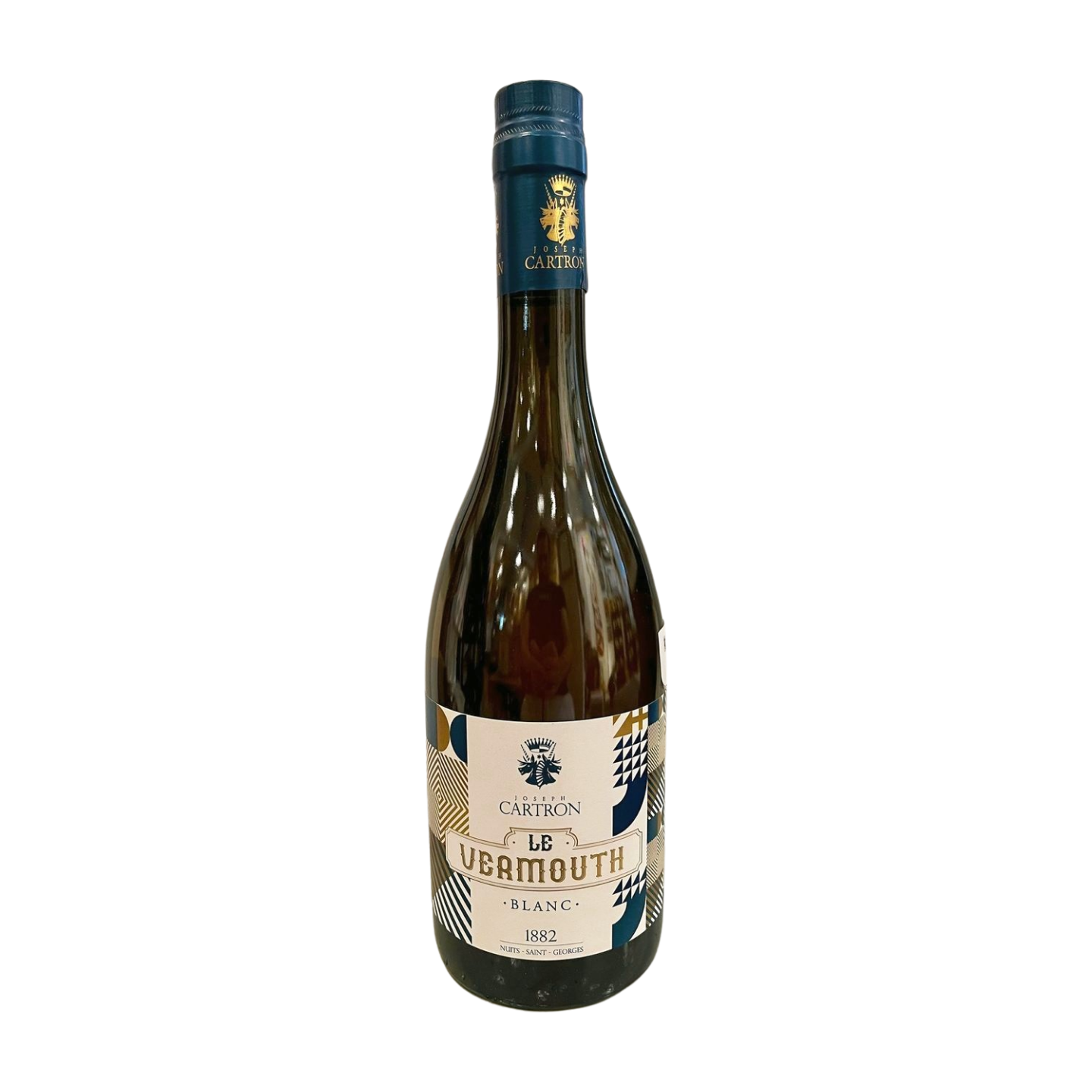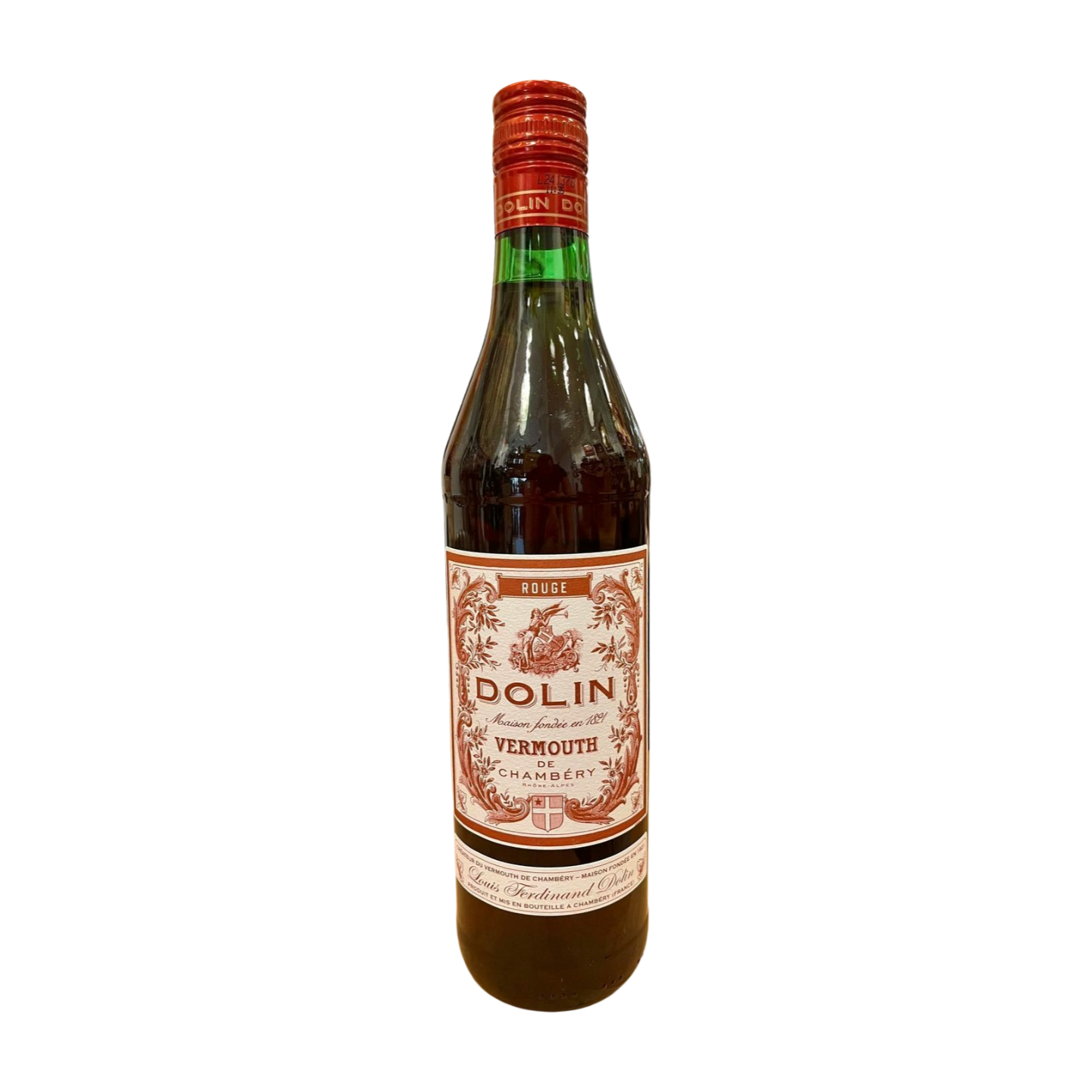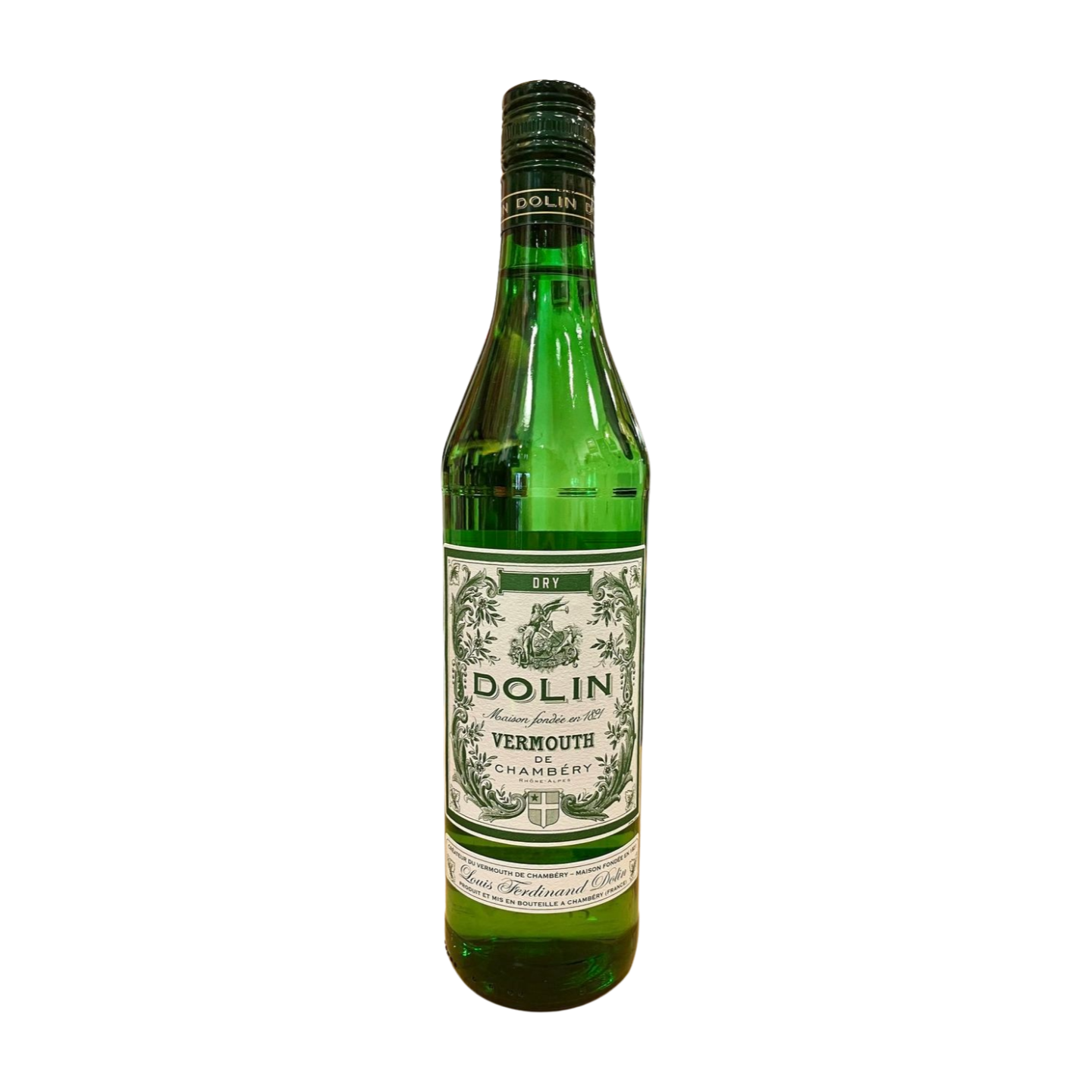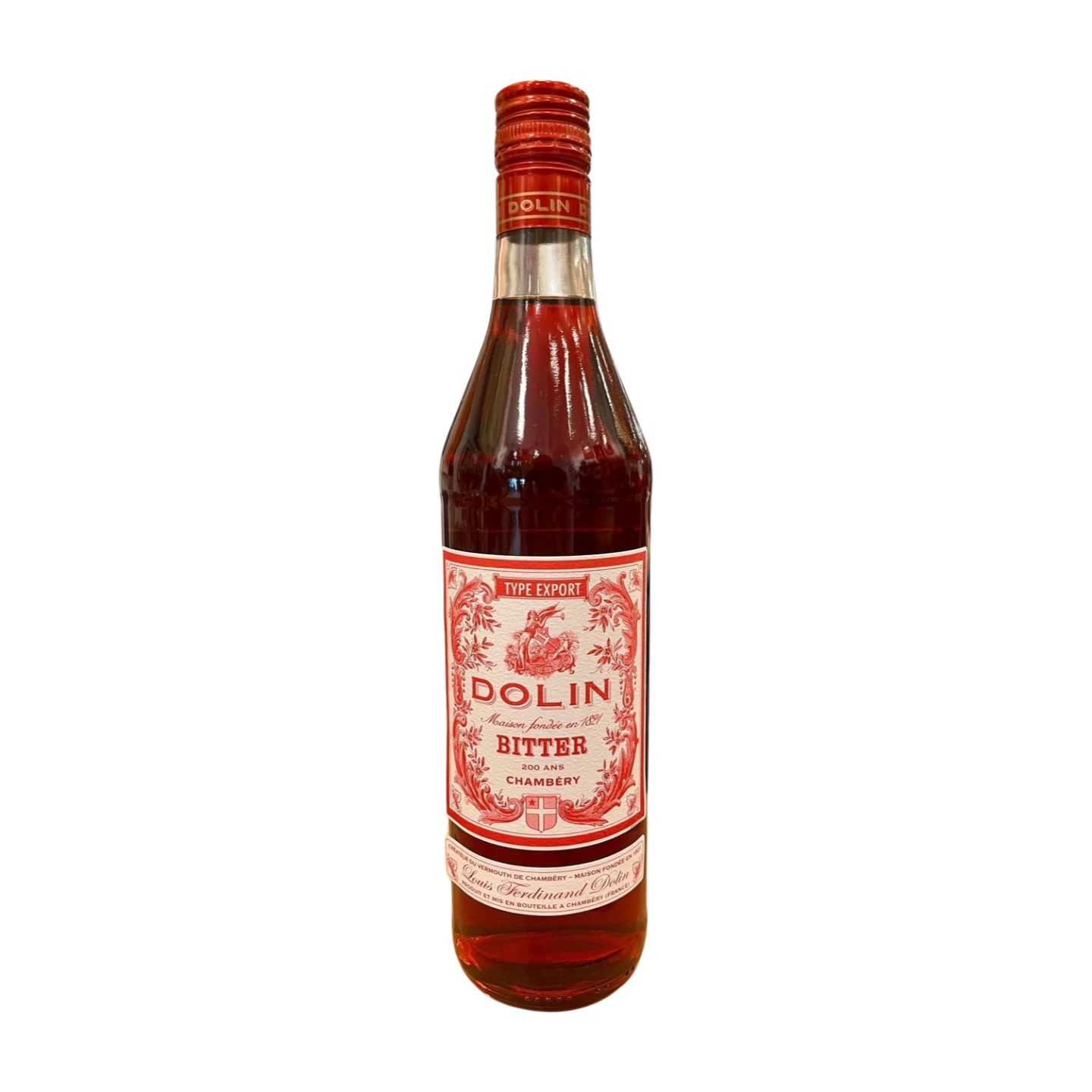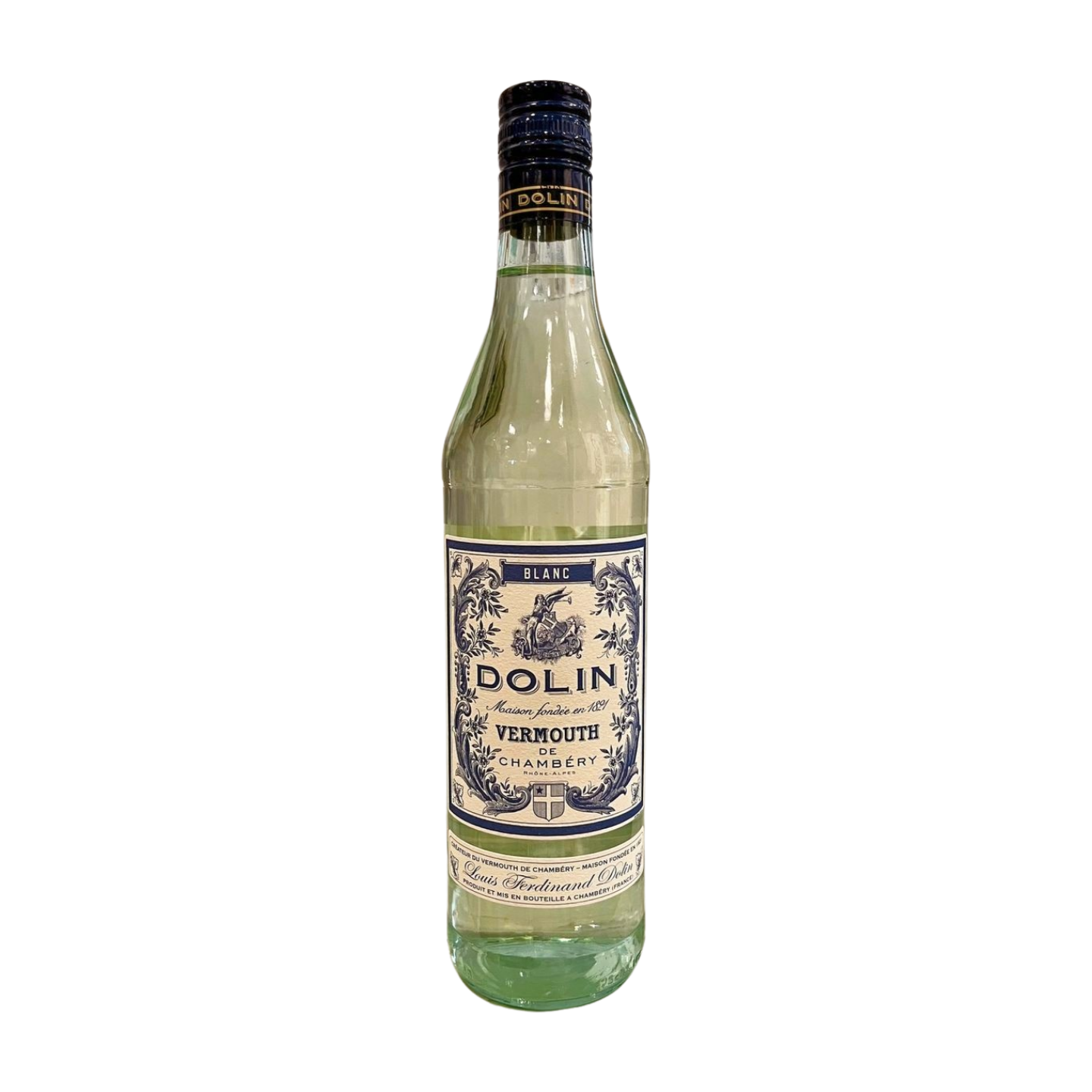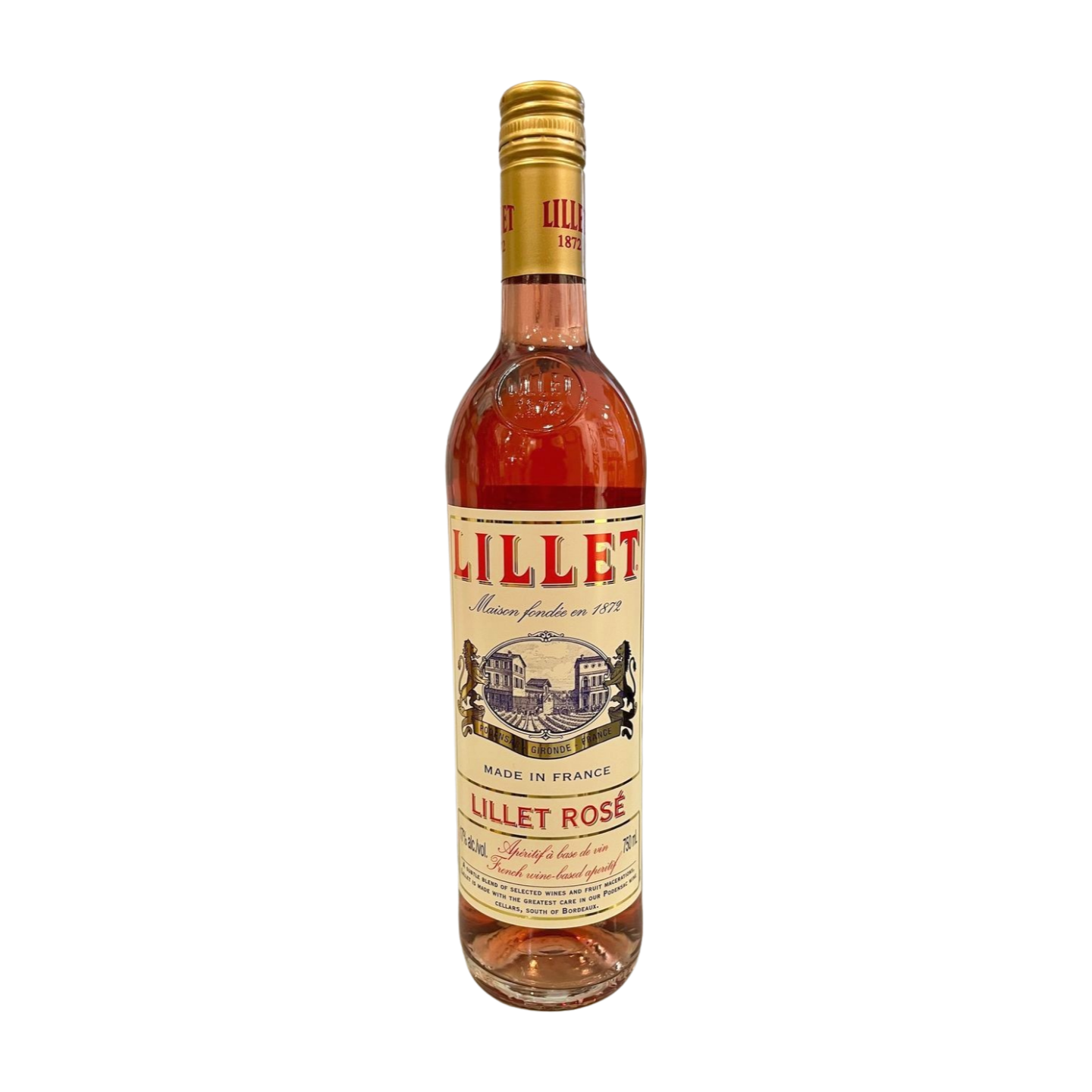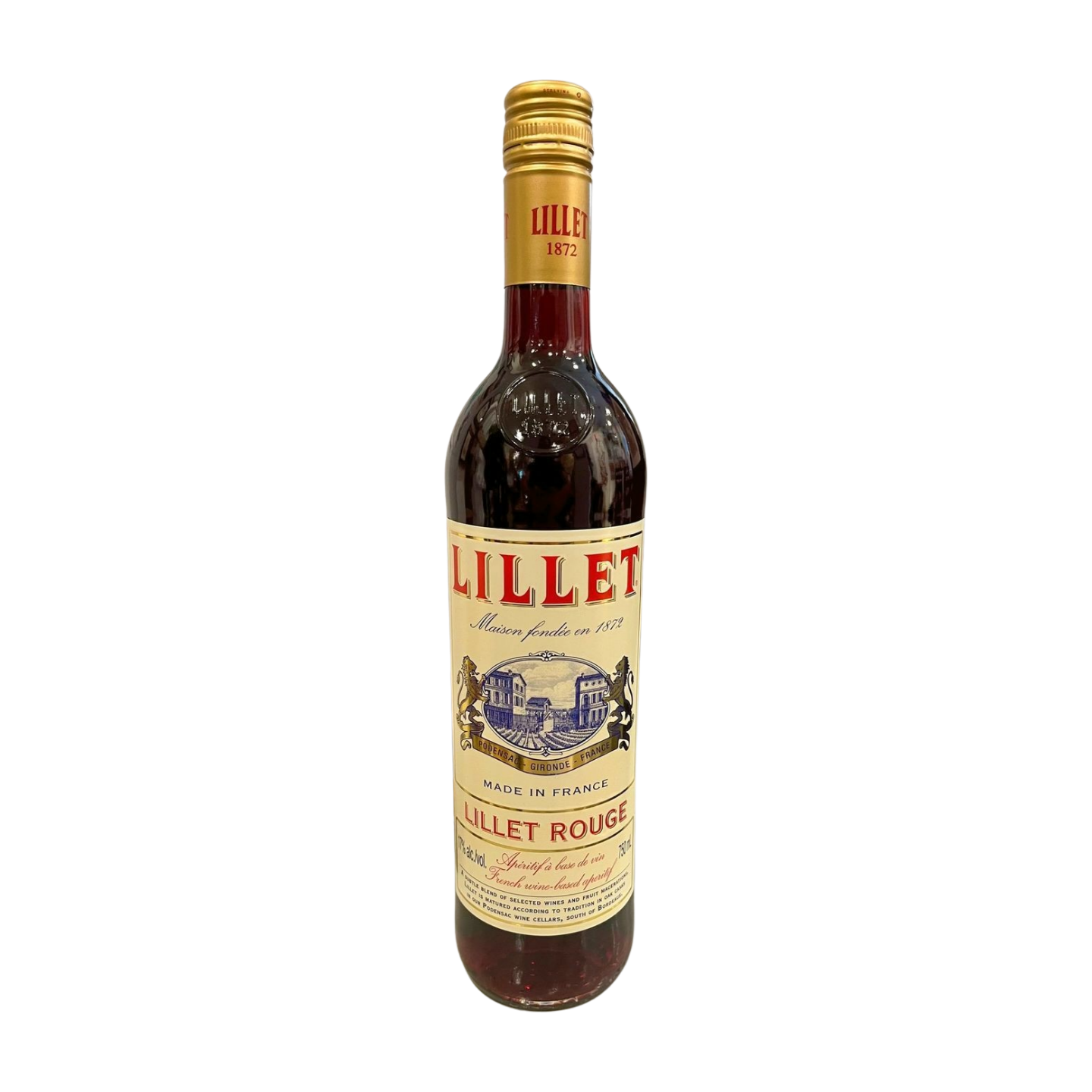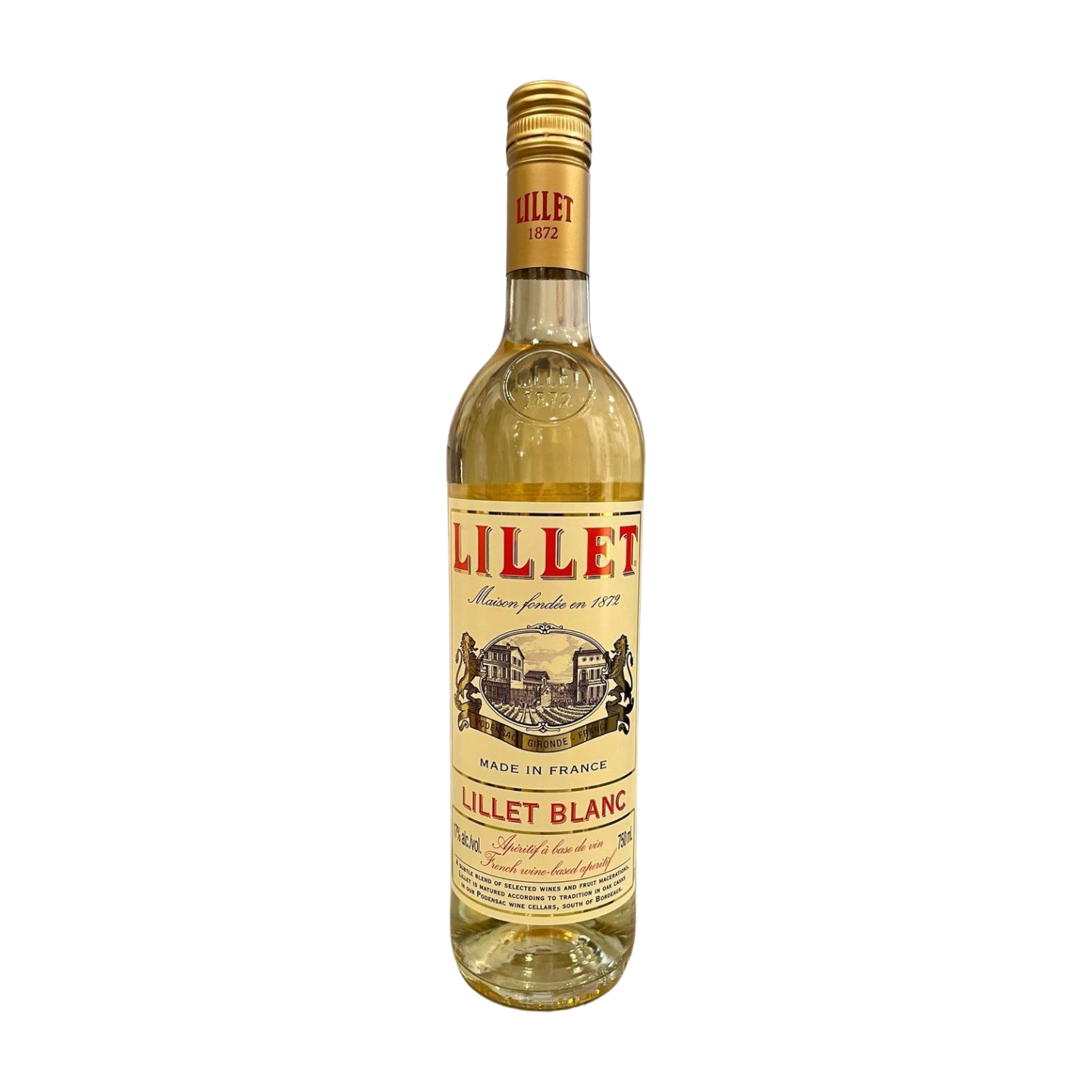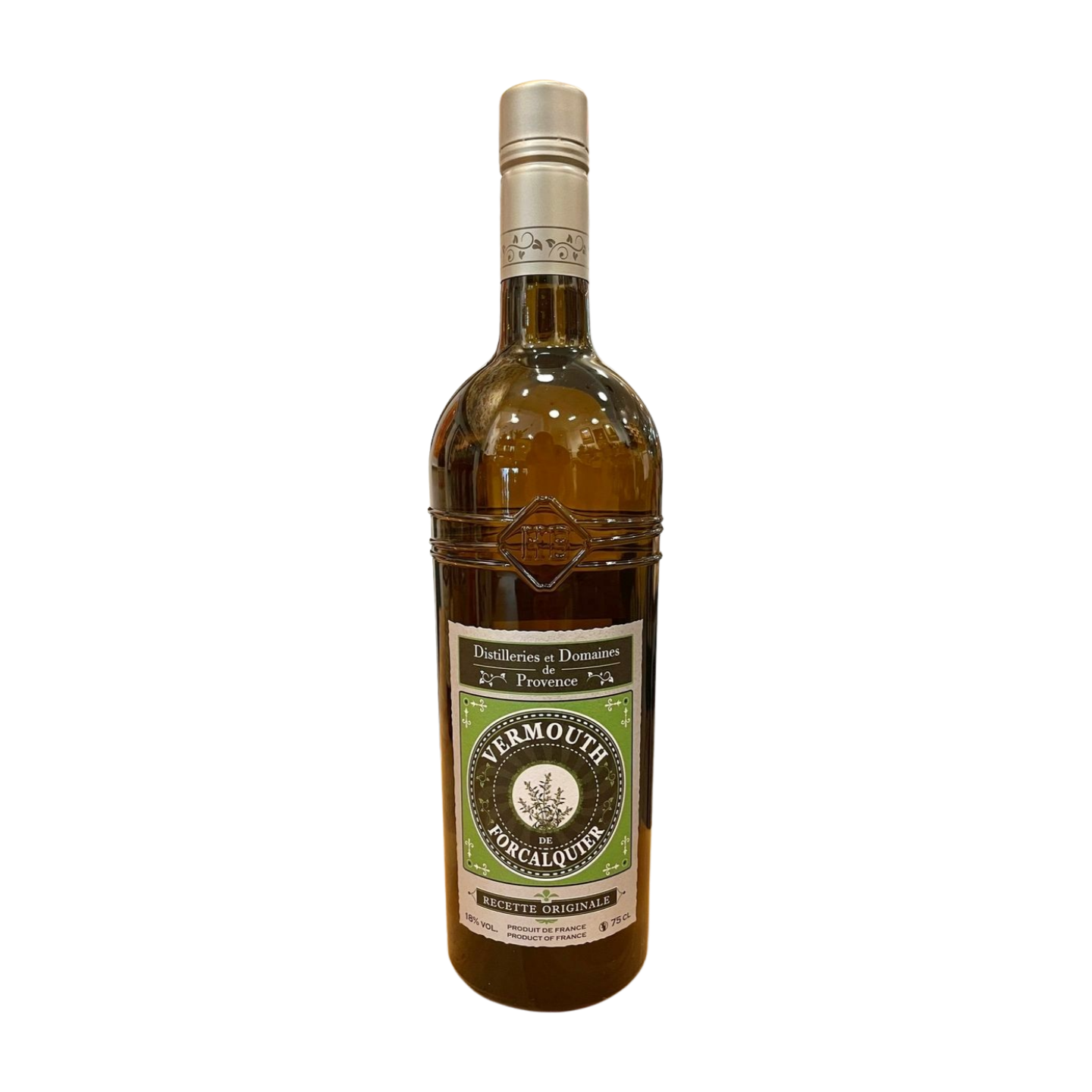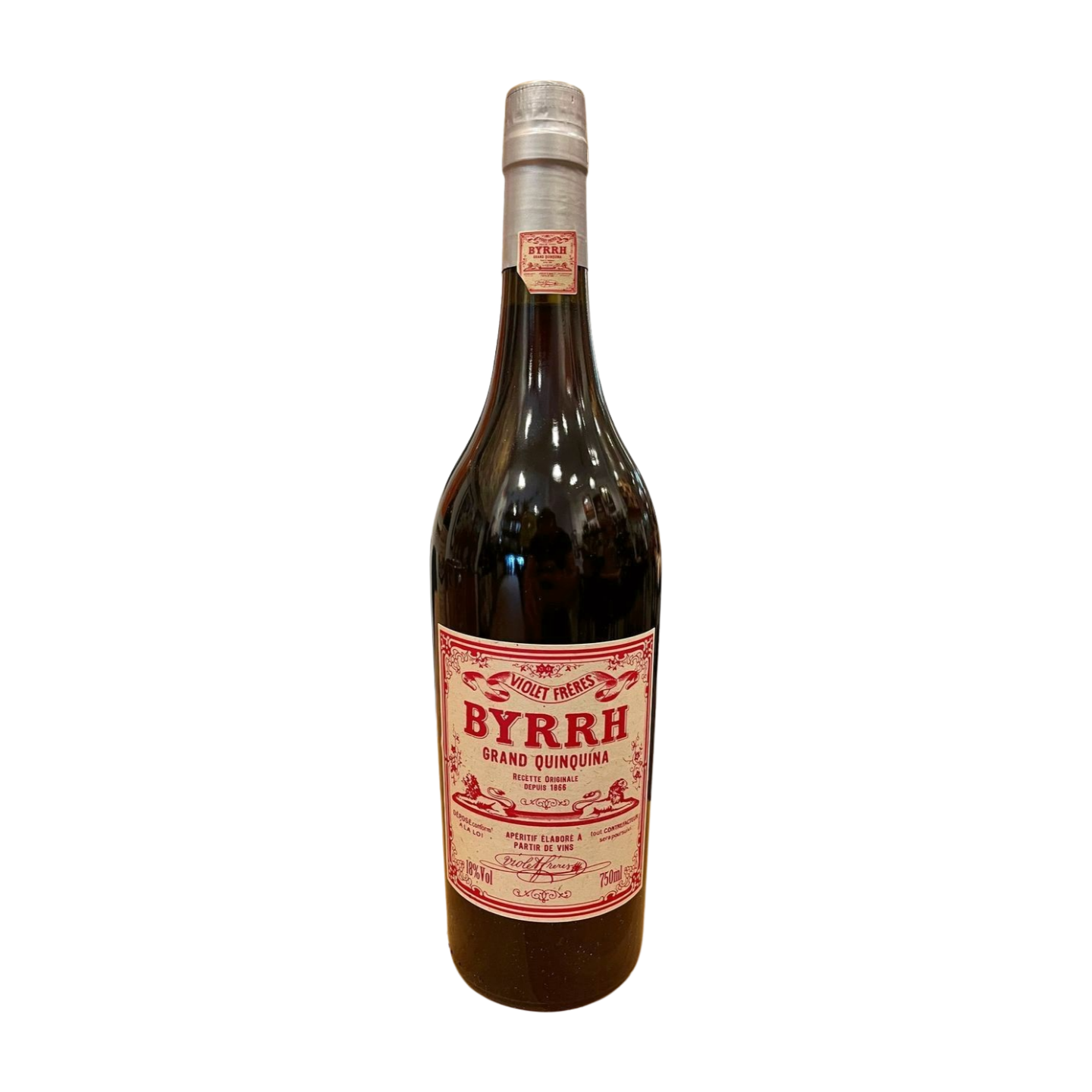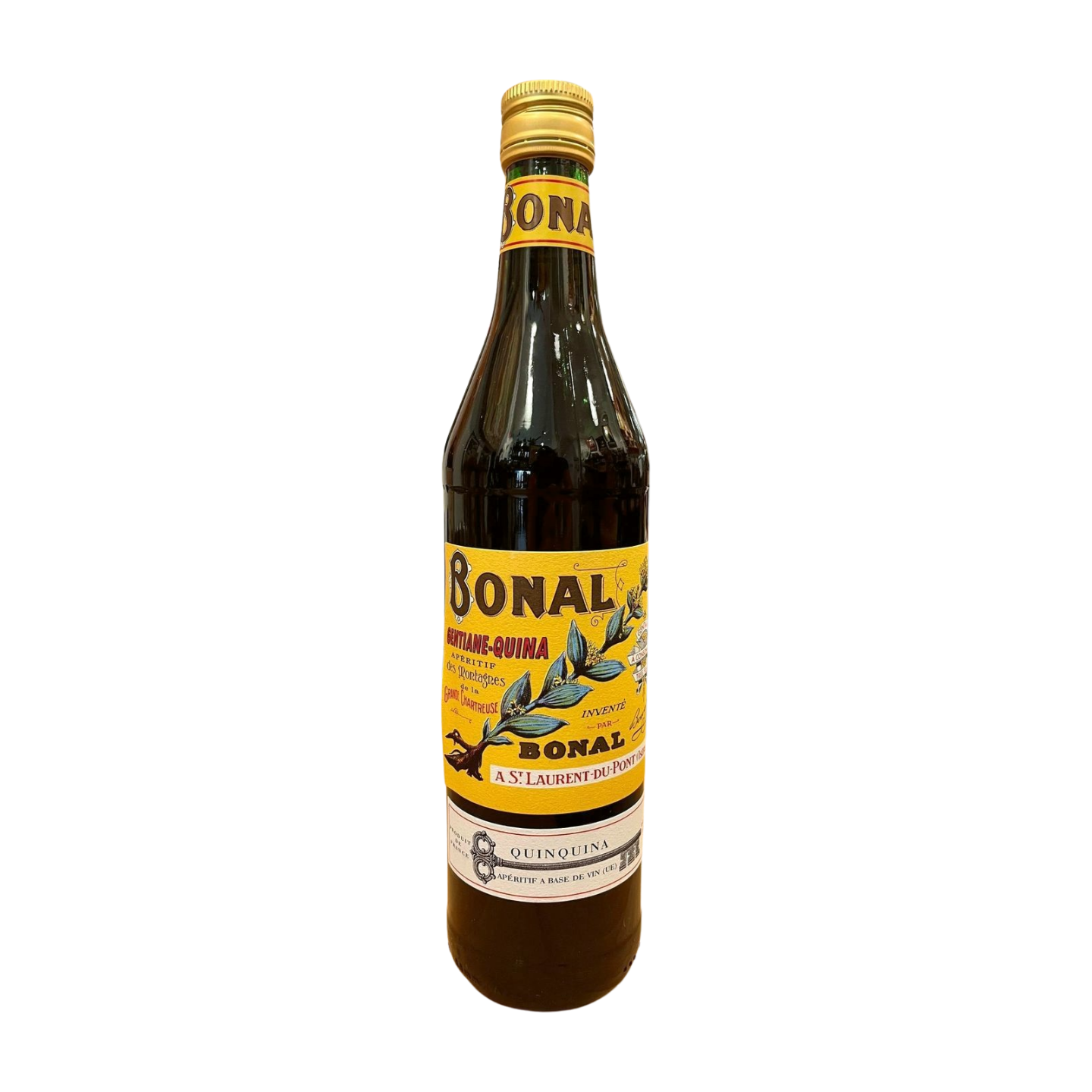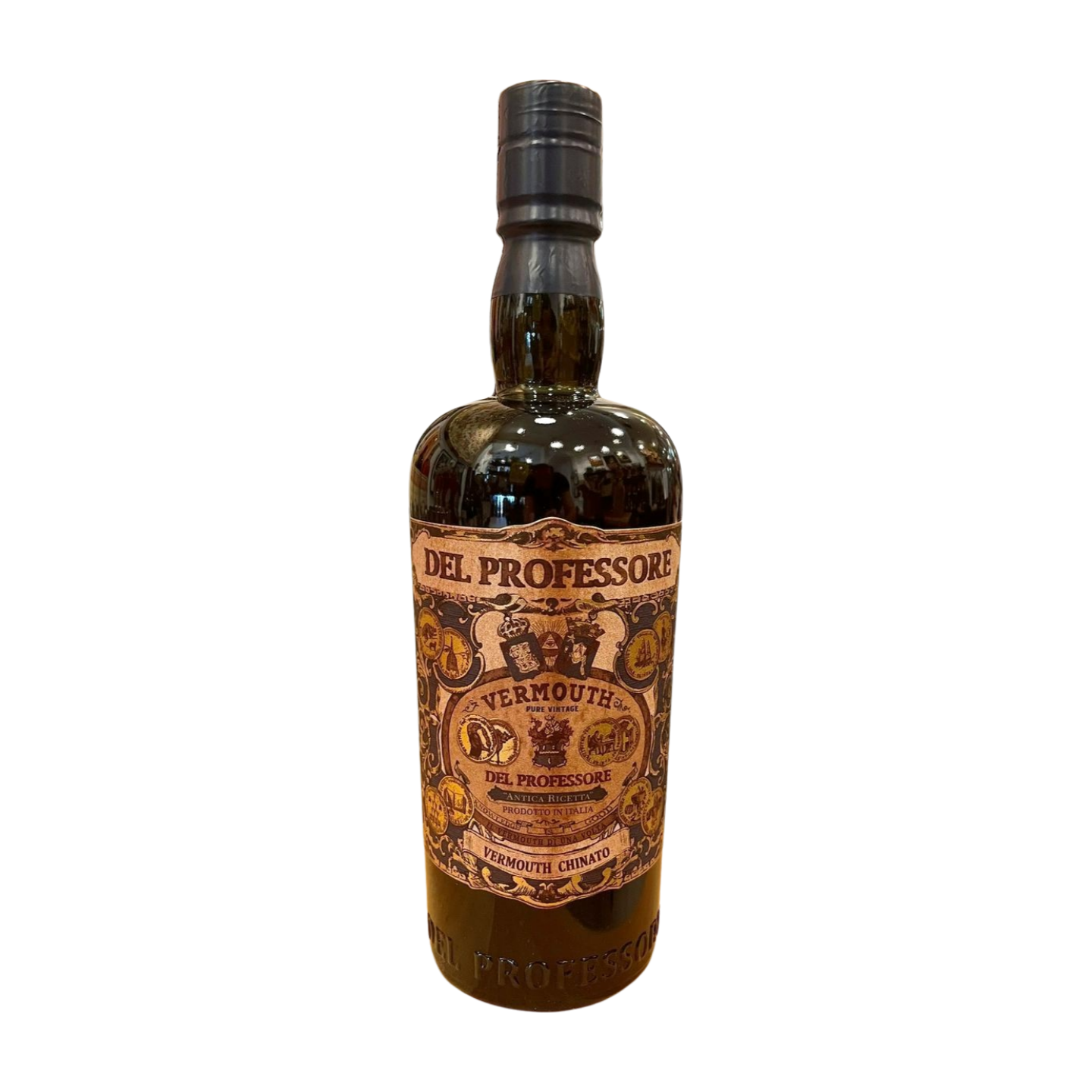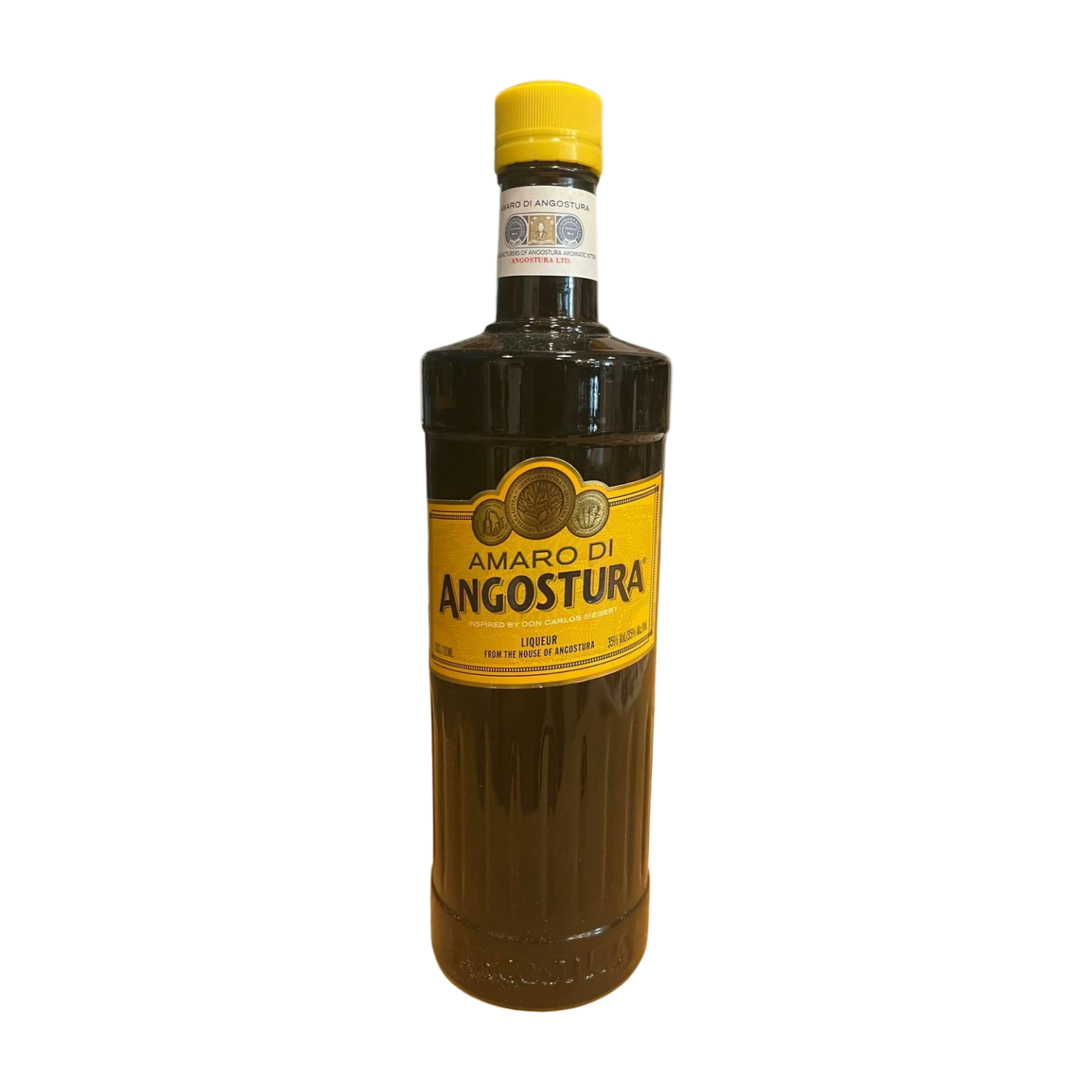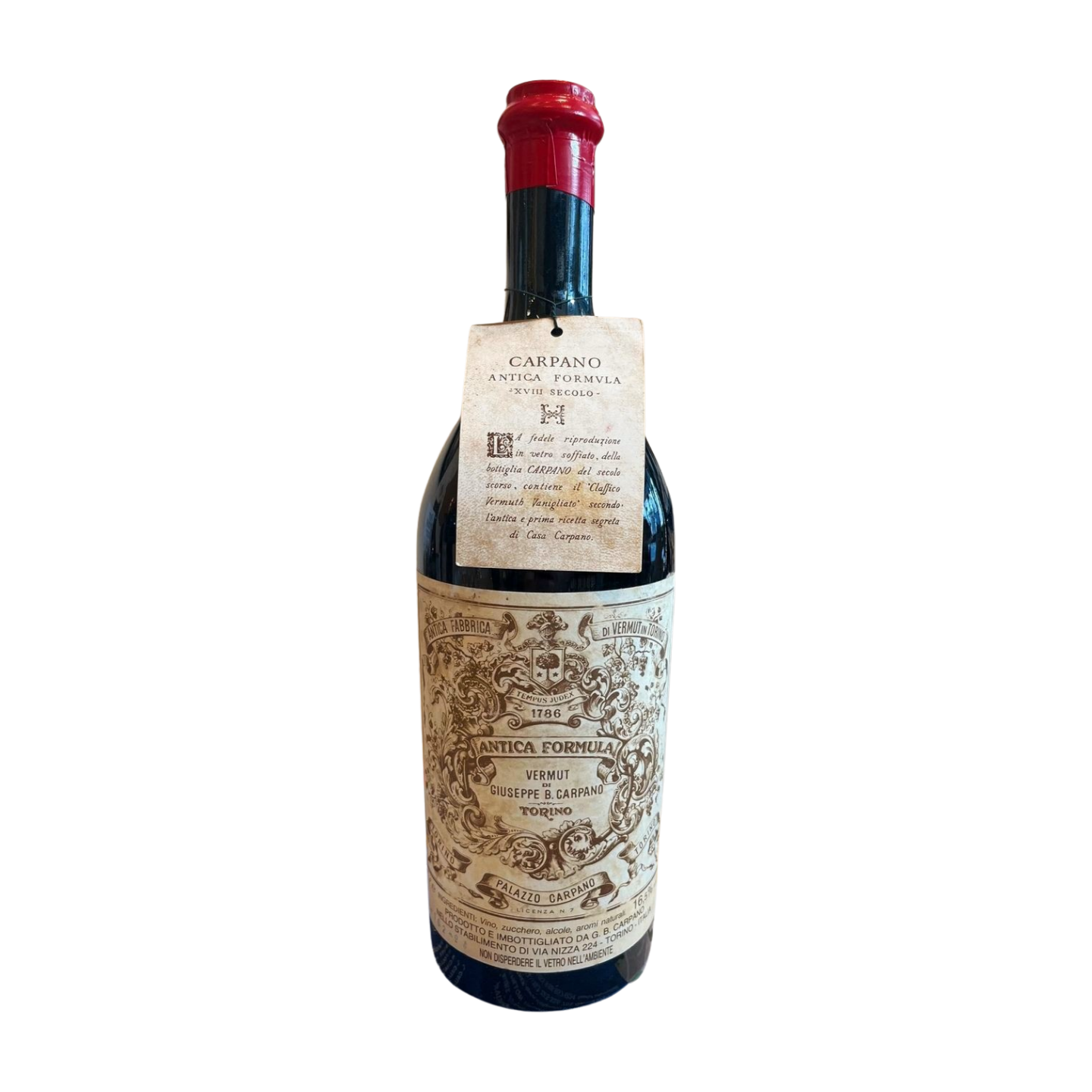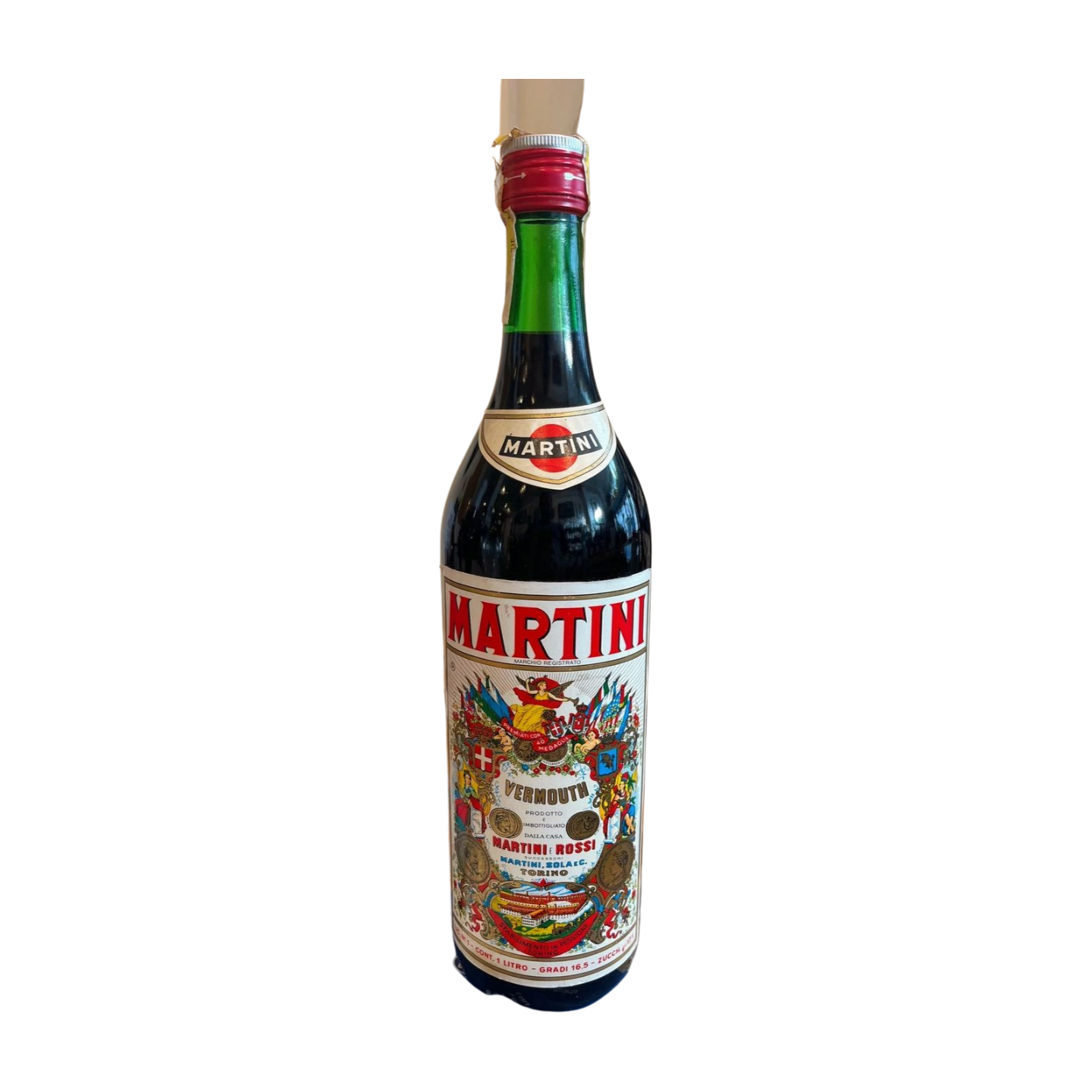Vermouth
The production of vermouth involves a meticulous process that combines wine with a variety of botanicals to create a unique and aromatic fortified wine. The process begins with the selection of a high-quality base wine, which is crucial as it constitutes a significant portion of the final product. Traditionally, white wines such as Moscato, Trebbiano, and Macabeo are used, though red grapes like Tempranillo and Garnacha have also become popular in recent years.
Once the base wine is chosen, the next step involves the preparation of botanical extracts. These botanicals, which must include a plant from the Artemisia genus, are essential for imparting vermouth's distinctive flavor. The extraction of these botanicals can be achieved through methods such as maceration, cold pressing, distillation, and percolation. The extracts are then blended with the base wine, along with sugar, caramel, and sometimes neutral alcohol, to balance sweetness and enhance flavor.
After blending, the mixture is allowed to rest, which helps the flavors to meld and mature. This resting period is crucial for developing the final aroma and taste profile. Once the flavors have harmonized, the vermouth is filtered to ensure clarity and stability before it is bottled for consumption.
The history of vermouth dates back to the 18th century in Turin, Italy. The name "vermouth" is derived from the German word "wermuth," meaning wormwood, which is a key ingredient in its production. Vermouth was originally created as a medicinal tonic but evolved into a popular aperitif. Over time, the production of vermouth spread beyond Italy, with variations emerging in Spain and other countries, each adding their unique twist to the traditional recipe.
Filters
Portuguese wine
Frequently asked questions
The entire country of Portugal is divided into 14 different wine regions, including in the Azores and Madeira islands. Some of Portugal's most famous winemaking regions include the Douro Valley (known for Port) and Vinho Verde (known for its light, refreshing white wines).
Portugal is becoming more well known for its orange wines, talha wines (traditionally made in clay pots), and palhete (made by blending red and white grapes together).
Portugal is best known for its fortified wine, called Port wine. It is produced in the Douro Valley, which is a UNESCO World Heritage Site and recognized as the world's first demarcated wine region, established in 1756.
Vinho Verde in northern Portugal is another popular winemaking region characterized by rolling hills and lush landscapes. It's known around the world for low-alcohol, refreshing white wines, although the region traditionally focused more on red wines made with the fruit-forward vinhão grape.
The Portuguese island of Madeira, with its subtropical climate, is renowned for its fortified wines. Winemaking here dates back to the 15th century, when Portuguese
explorers brought grape varieties from around the world.
Our sustainable, natural wine shop is located in the Marquês neighborhood in Porto, Portugal. We also ship to countries around the world, including within Europe, the United States, Canada, Australia, China, and more. Review our Shipping Policy to learn more.
In recent years, there has been a notable shift toward sustainable viticulture and the production of natural wine in Portugal. Many winemakers are implementing organic farming practices and embracing biodiversity to maintain soil health and reduce chemical inputs. This commitment to sustainability is not only beneficial for the environment but also enhances the quality of the wines, allowing the unique characteristics of the terroir to shine through. For example, some winemakers are now utilizing ancient terracotta amphorae for fermentation (called talha in Portuguese). This method preserves regional cultural heritage, enhances the wine's character, and aligns with sustainable practices by reducing reliance on modern materials.

